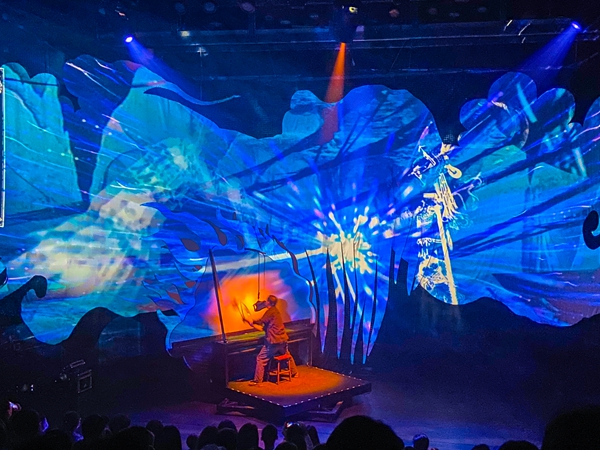

"I found the show to be a fun, artistic feast and quite modern," says a member of the audience surnamed Feng. The 29-year-old from Sichuan province attended with eight members of her family.
Traditionally, puppetry is mostly staged at night with the performer projecting shadows onto an illuminated white cloth, while musicians provide a dramatic soundtrack, according to Wei Jinquan, a famed local artist who performs in the show.
"For hundreds of years, the show engaging five puppeteers to manipulate the hand-carved puppets, colored red, yellow, black, white, and green, as well as provide musical accompaniment, has been popular, especially in rural areas," Wei says.
"It entertains and, more importantly, enlightens by telling stories that are easy to comprehend, especially among the rural audience."
As China rolled out massive urbanization programs, many of the traditional audience left for cities seeking better jobs.
"We had about 20 shows each month in the 1990s, which dwindled to three or four shows after 2010," he says. Decreased audience numbers and lack of exposure has left the traditional art form battling for survival.
As the show's director, Hu has joined in the effort to restore and pass on the skills and knowledge of shadow puppetry. Her team has an average age of 30.
"We know our audience and understood how to repackage the show to amuse them and, more importantly, bring life to the treasure of our traditional art," says Hu.